If you are serious about cooking, professionally or even at home, you must know that a chef’s knife needs to be sharp, well-balanced, and comfortable to hold. Bonus points if it’s durable and easy on the pocket.
That’s exactly what Misen claims to deliver with their chef’s knife. It brings sharpness, balance, and control to make daily prep work smooth and satisfying.
So, we got our hands on one, put it through everyday kitchen tasks, did a little bit of experimenting here and there, and tested for a quick Misen knife review. Let’s see if this budget-friendly blade really does what its marketing says.
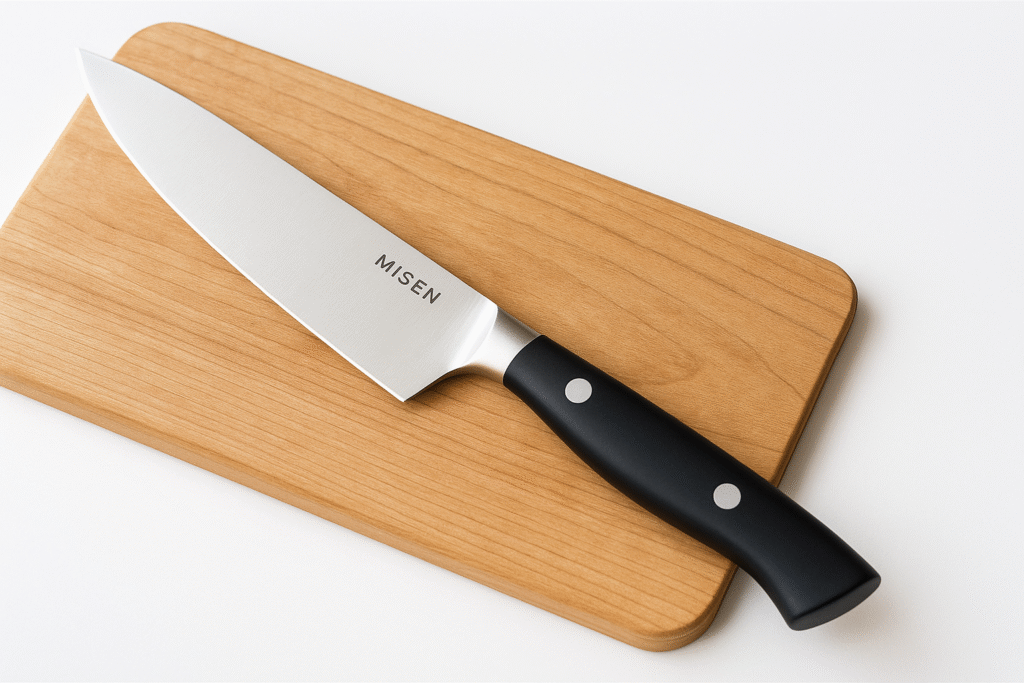
A closer look at Misen’s specifications and build
Before getting into how it actually performs, let’s quickly cover what the Misen Chef’s knife offers on paper. It’s designed to balance performance, durability, and affordability.
Let’s see what the specifications say about this:
● Blade Material: AUS-10 high carbon stainless steel (sharpness with toughness)
● Blade angle: 15° each side for precision cuts
● Handle material: Durable, moisture-resistant POM (thermoplastic)
● Bolster: Sloped design for a comfortable pinch grip and better control
● Weight: Approx 8.1 ounces (for the 8” chef’s knife)
● Available sizes: 8-inch standard chef’s knife (primary model)
Can the Misen knife keep up in busy kitchens?
To really understand how the Misen Chef’s Knife works, we ran it through the usual commercial prep. That includes testing it through tomatoes, herbs, carrots, boneless meats, and even tougher produce like pineapple.
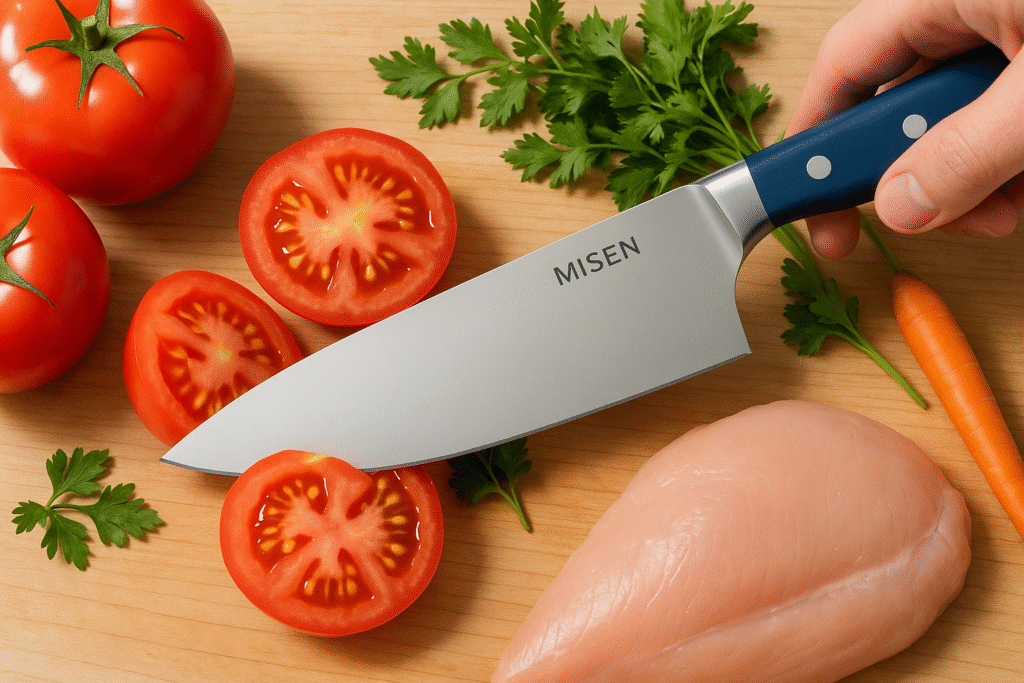
What worked well:
1. Impressive sharpness
It took an average of 118 grams of pressure on an edge tester, putting it in the “razor blade” category. It gave clean tomato slices, neat shredded herbs, and smooth cuts through pineapples without crushing the flesh.
2. Cutting style
From peeling and dicing to fine slicing, the blade handles most kitchen tasks easily. Carrots snapped cleanly, and herbs didn’t bruise. It made quick work of boneless proteins.
3. Handle comfort
The matte-finish POM handle offers a reliable and non-slip grip, even when damp. This keeps hand fatigue less while doing heavy prep.
4. Low-maintenance stainless stee
The AUS-10 stainless steel blade resists rust and stains better than carbon steel. It’s also easy to bring back to sharpness between sharpening sessions.
Where it fell short:
1. Awkward heel design
The heel kicks out slightly, interrupting rock-chop motions. It is noticeable during fast, repetitive prep work.
2. Unbalanced length feel
While the 8-inch size is standard, the blade can feel awkwardly tall and thin. The Misen Chef’s knife sure can deliver sharpness, comfort, and value for the price, but it may annoy chefs who rely on a seamless rocking motion for bulk prep.
The Misen knife review: pros and cons
Every new knife has its highs and lows, and the Misen is no exception. Here’s a little breakdown of where it excels and where it might leave you wanting a little more
| Pros | Cons |
|---|---|
| Razor sharp out of the box | Awkward heel design |
| Comfortable, grippy handle | Tall, bald profile feels off-balance |
| Stainless steel convenience | Edge retention can be better |
| Budget-friendly and valuable |
The verdict
If you fancy a sharp, elegant chef’s knife without blowing your budget, the Misen knife is a great pick.
It handles the most basic tasks, like slicing onions, dicing tomatoes, and chopping through tough produce, without any issues. Its composite handle, with a matte texture, gives a solid, slip-resistant grip throughout.
That said, the awkward heel and tall blade might throw off chefs who rely heavily on rock-chop techniques or want a more balanced profile. It’s not a flawless knife, but for its price, the Misen stands out against pricier competitors and works great for precision prep and general use.
Comparison and alternatives
Sure, Misen is a great option to add to your kitchen essentials if you are on a budget. If you are willing to spend a few more bucks, then there are great alternatives, too. Let’s have a look at some options below:
- Shun Classic: Sharper and definitely more refined. This knife comes with a thinner blade and smoother rock-chop motion. Though it’s almost double the price demands extra care to avoid chipping
- Wüsthof Classic: Heavier and more durable, this one is better suited for dense produce and proteins. It holds an edge longer than Misen but lacks the lightweight feel and is a solid pick for those who like toughness over precision.
- Misono Gyuto: In a similar price range, this Japanese blade offers better balance, a sharper edge, and a cleaner cutting motion. It’s a great upgrade in control and sharpness but requires a bit more maintenance if you go for the carbon steel variant.
The Misen is a great entry point for cooks looking for a reliable, easy-care stainless steel knife and decent sharpness. If you really want superior performance and a better cutting experience, stretching your budget towards a Misono or Shun won’t hurt much.
Final verdict
If there’s one thing we have learned using the Misen, it’s how underrated a good, comfortable handle can be. Sure, sharpness and price matter, but when you’re in the middle of prep, wrist-deep in onions, or cutting through a pineapple, it’s the feel of the knife that keeps you reaching for it again and again.
The Misen isn’t flawless, but it strikes a rare balance of grip, control, and easy maintenance that makes it a solid blade for daily use. If you’ve been sleeping on upgrading your kitchen stack, this might be the affordable and no-fuss chef’s knife to shake up your prep routine.
FAQs
Is the Misen Chef’s Knife good for beginners?
Yes, the Misen Chef’s knife is beginner-friendly. Thanks to its balanced weight, comfortable grip and sharp, easy-to-maintain blade. It’s a great choice for home cooks learning proper cutting techniques without spending much on a premium-priced blade.
How does the Misen Chef’s Knife compare to other popular brands like Wüsthof or Shun?
While Misen comes with excellent value with pro-level sharpness and durability, it’s lighter and less heavy than traditional German knives like Wüsthof. When compared to Shun, which has harder steel and a thinner edge, Misen is easier to maintain but might need frequent honing.
How often does the Misen Chef’s Knife need sharpening?
If you are using Misen regularly at home, then hone the blade weekly and sharpen it properly every 3-6 months. If we talk about busy commercial kitchens, more frequent maintenance is necessary to keep them clean and efficient in the long run.
Is the Misen Chef’s Knife dishwasher safe?
Technically, yes, but it’s highly recommended to handwash the knife with mild soap and dry it immediately. Dishwashers can dull the edge and damage the handle over time. So, it’s only wise to hand it over if you want to make it work in the long run.







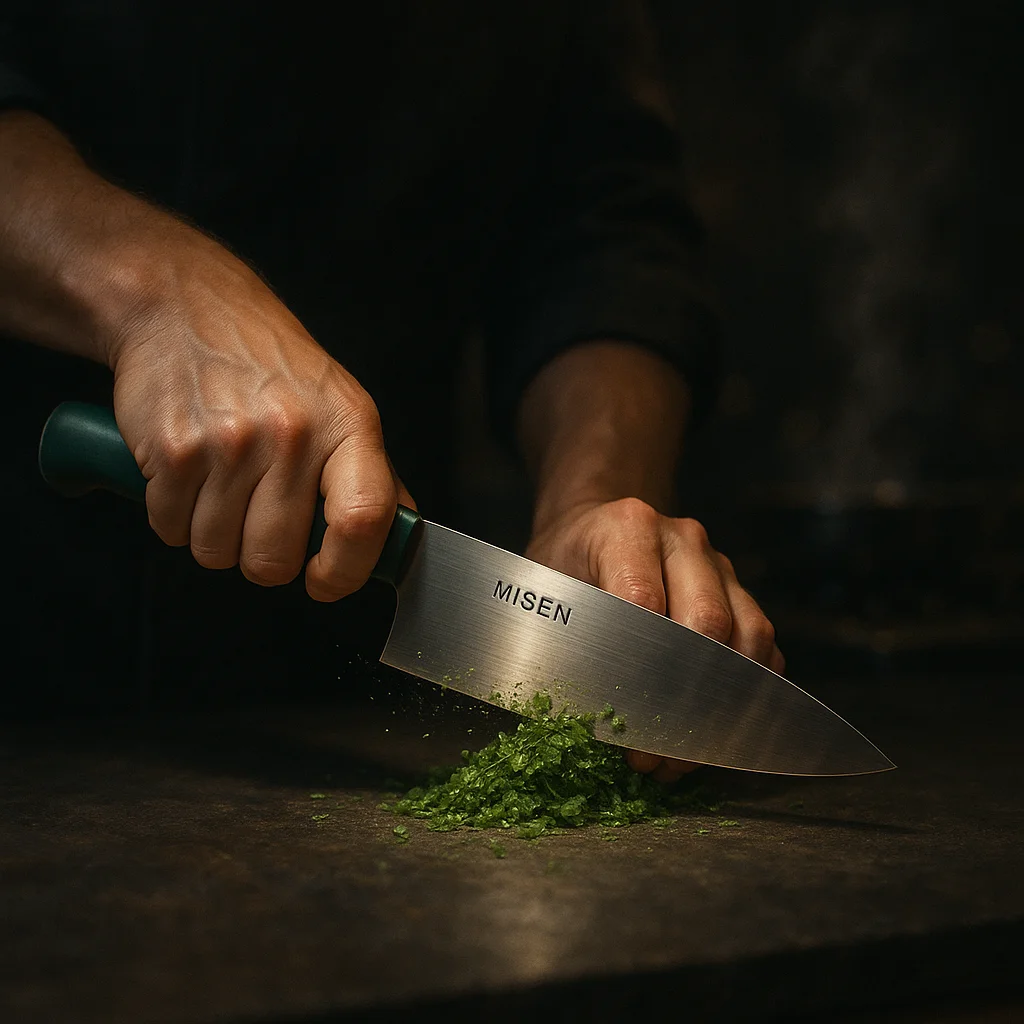
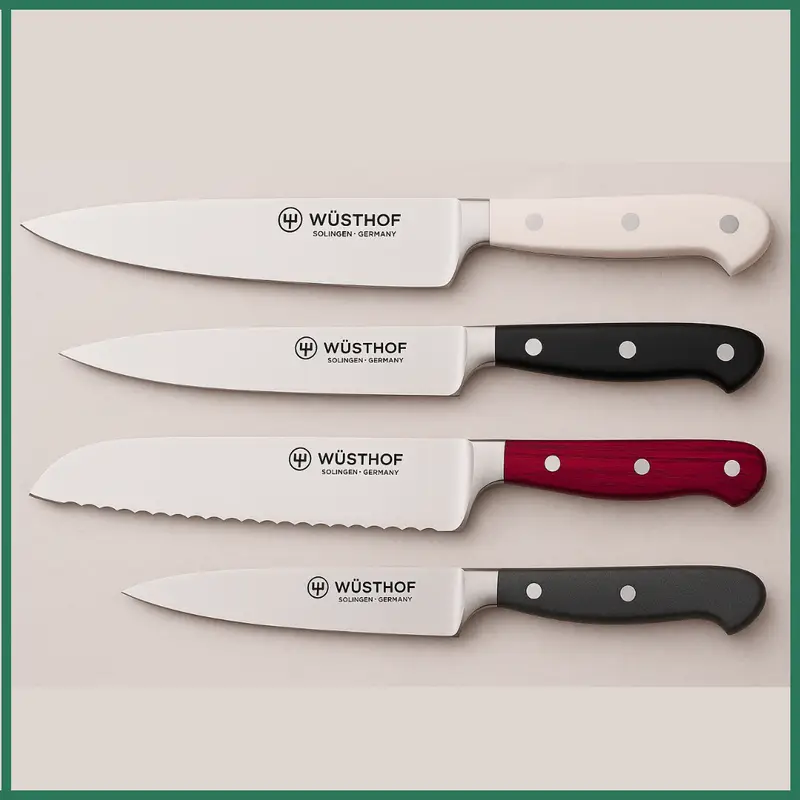
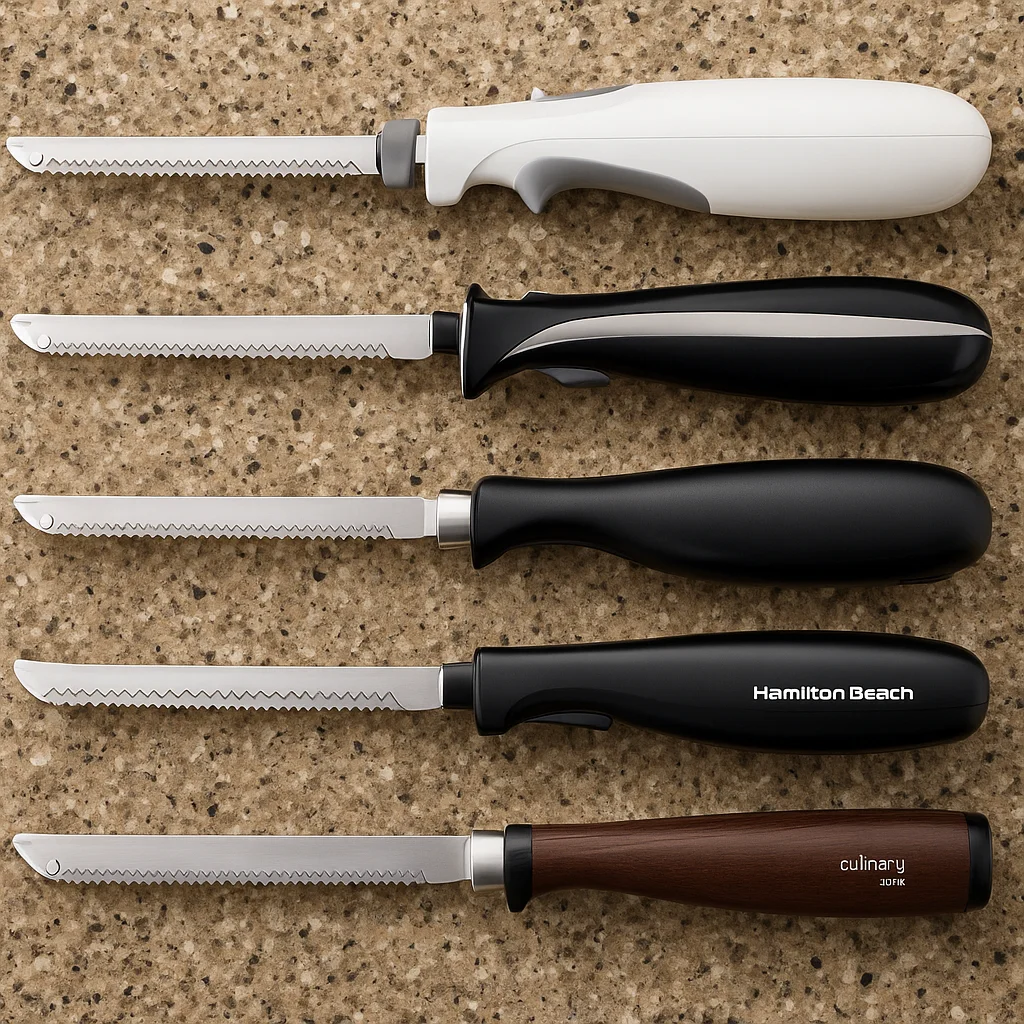

Leave a Reply